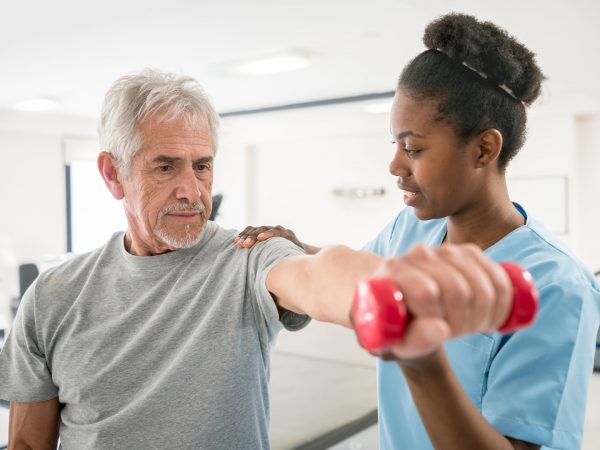Exercise After A Heart Attack

Patients who took part in cardiac rehabilitation programs had a higher quality of life afterward than patients who skipped these offerings. The findings also showed that patients who performed more physical activity than the programs requirements felt even better. From 2011 to 2013 researchers recruited 4,570 patients who had been admitted to one of 48 British hospitals with a suspected heart attack. They all completed a questionnaire while in the hospital and again at one, six and 12 months after discharge. These revealed that patients who attended cardiac rehabilitation programs had a higher quality of life at all times compared to their peers who did not participate in the programs. Those whose quality of life scores were highest went to cardiac rehabilitation and exercised 150 minutes or more per week. The study’s senior author concluded that all heart attack patients should be referred for cardiac rehabilitation unless their healthcare professional advises against it.
My take? We know that getting 150 minutes of moderate activity per week or performing 75 minutes of vigorous-intensity exercise can help prevent heart disease. After a heart attack, it’s important to reduce risk factors that might contribute to future heart disease and heart attacks by making lifestyle changes such as losing weight, if necessary; stopping smoking; and following a heart healthy diet. Getting regular exercise and learning to deal with stress are also vital.
Source:
Ben Hurdus et al, “After a heart attack, physical activity makes you feel better,” presentation, European College of Cardiology, April 24, 2020
More from this week’s bulletin:
- Best Material For A Homemade Face Mask
- COVID-19: Coronavirus And Your Eyes
- Today’s tasty and versatile spread: White Bean Spread
Looking for more Dr. Weil Newsletters?












